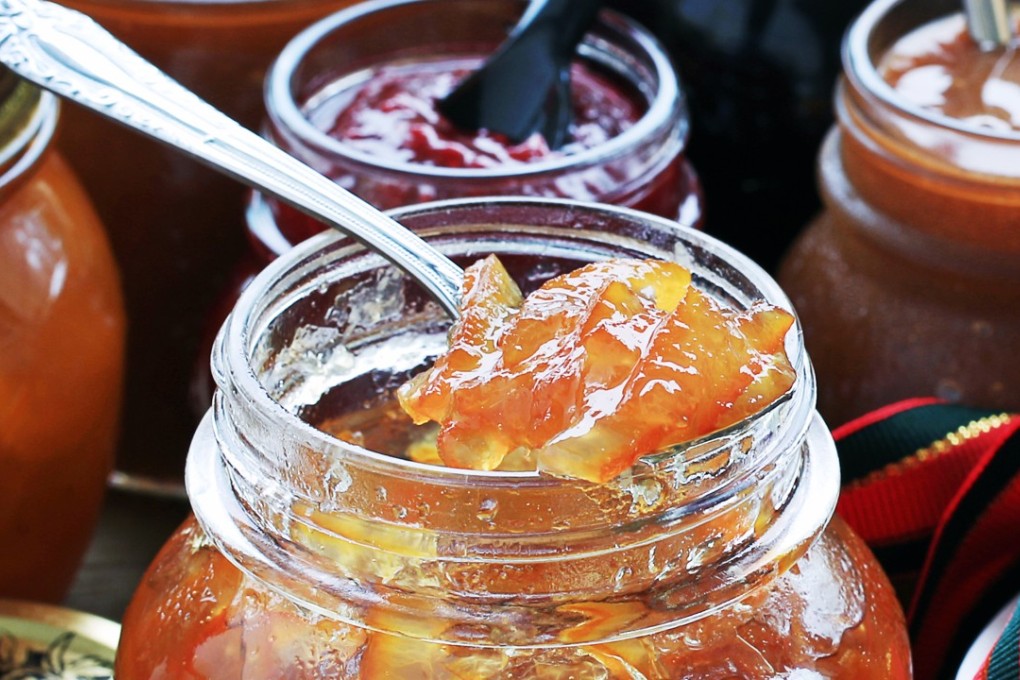The View | Marmalade – however you eat it and wherever you get it – is something we owe to global trade
Stephen Vines says Chinese exports of marmalade to the US are small and unlikely to be decisive in the trade war, but marmalade is itself a product with a uniquely global production history, showing how much we benefit from international trade

Moreover, what is described as Chinese marmalade is nothing of the kind. I write with some knowledge of this subject and can affirm that what is called Chinese marmalade is at best a sweet sticky jam.
However, the marmalade trade happens to provide a pretty good way of stepping back from all the current nonsense and considering how trade evolves and how sane people accept the evolution and savour it.
The origins of marmalade are hard to pin down, but C. Anne Wilson, author of the seminal The Book of Marmalade, believes it started as a Portuguese sweet-tasting solid quince paste. The British, who often claim founding rights, began importing marmalade in the late 15th century for use as a medicine and a sweetmeat.

